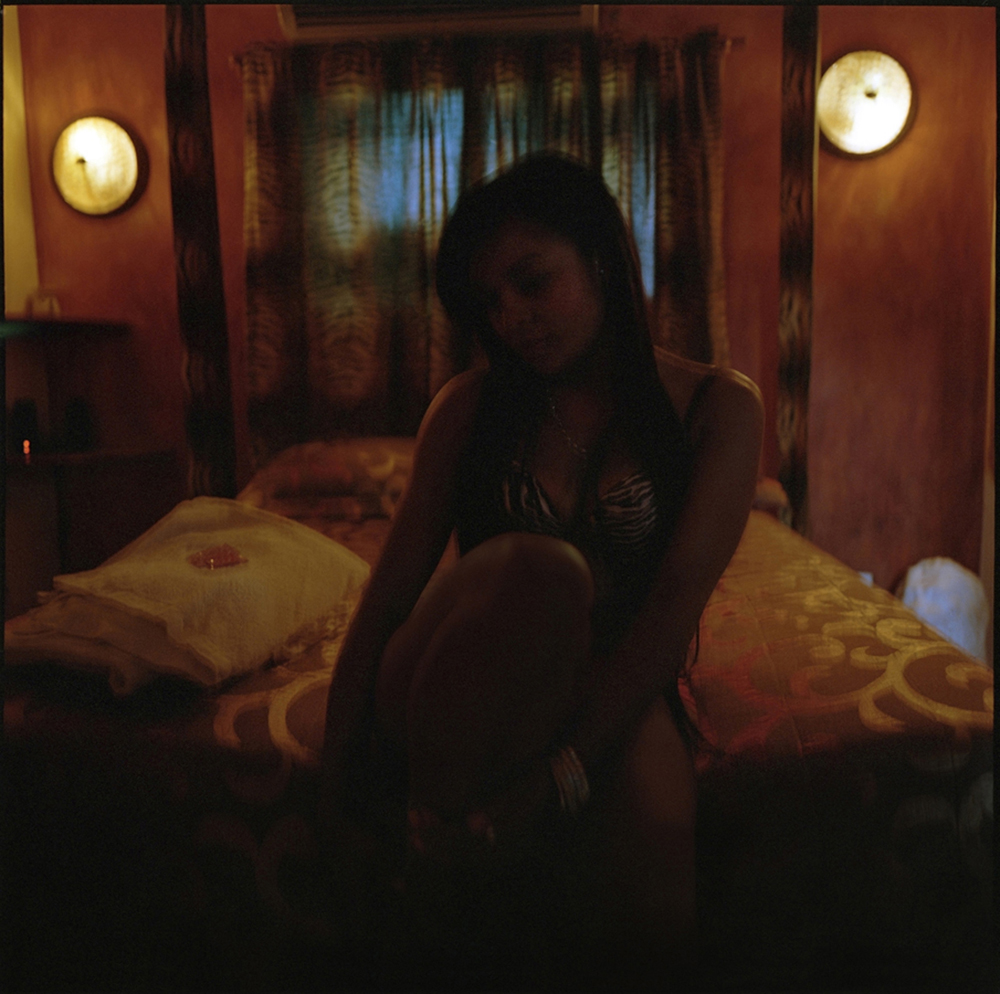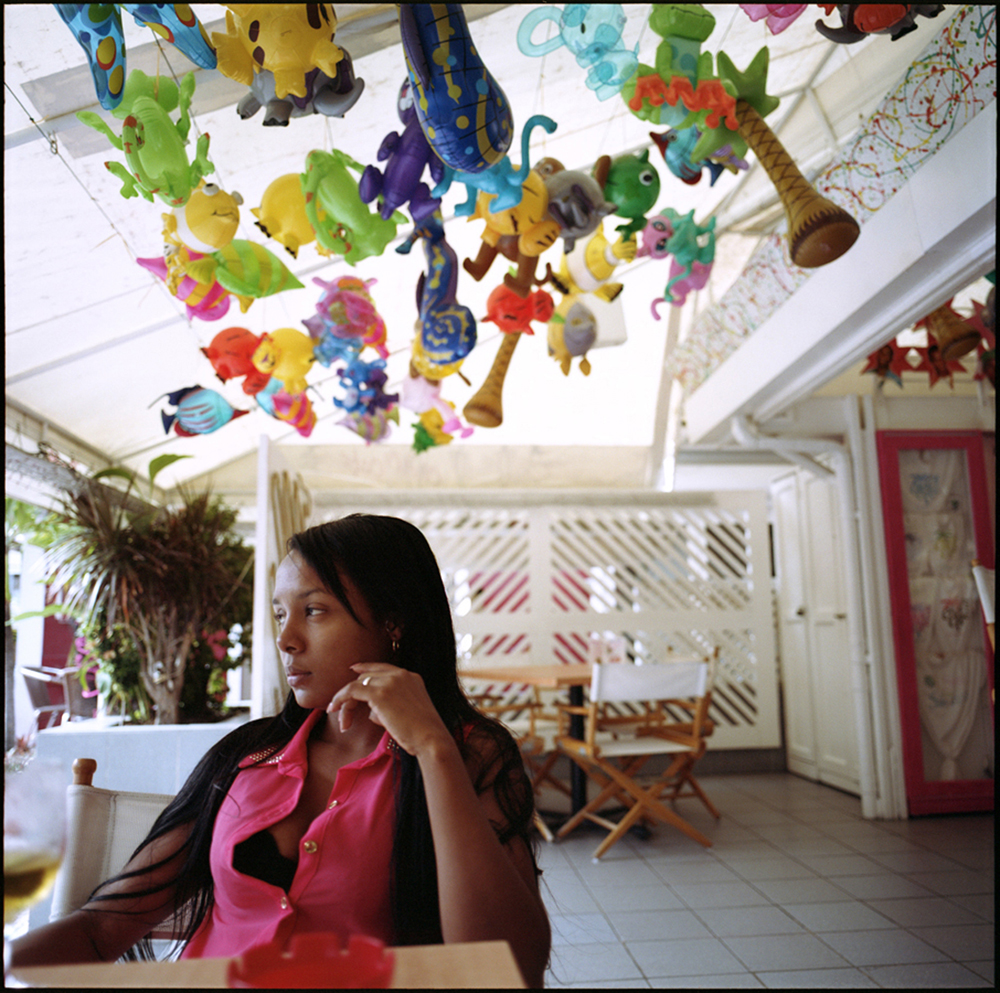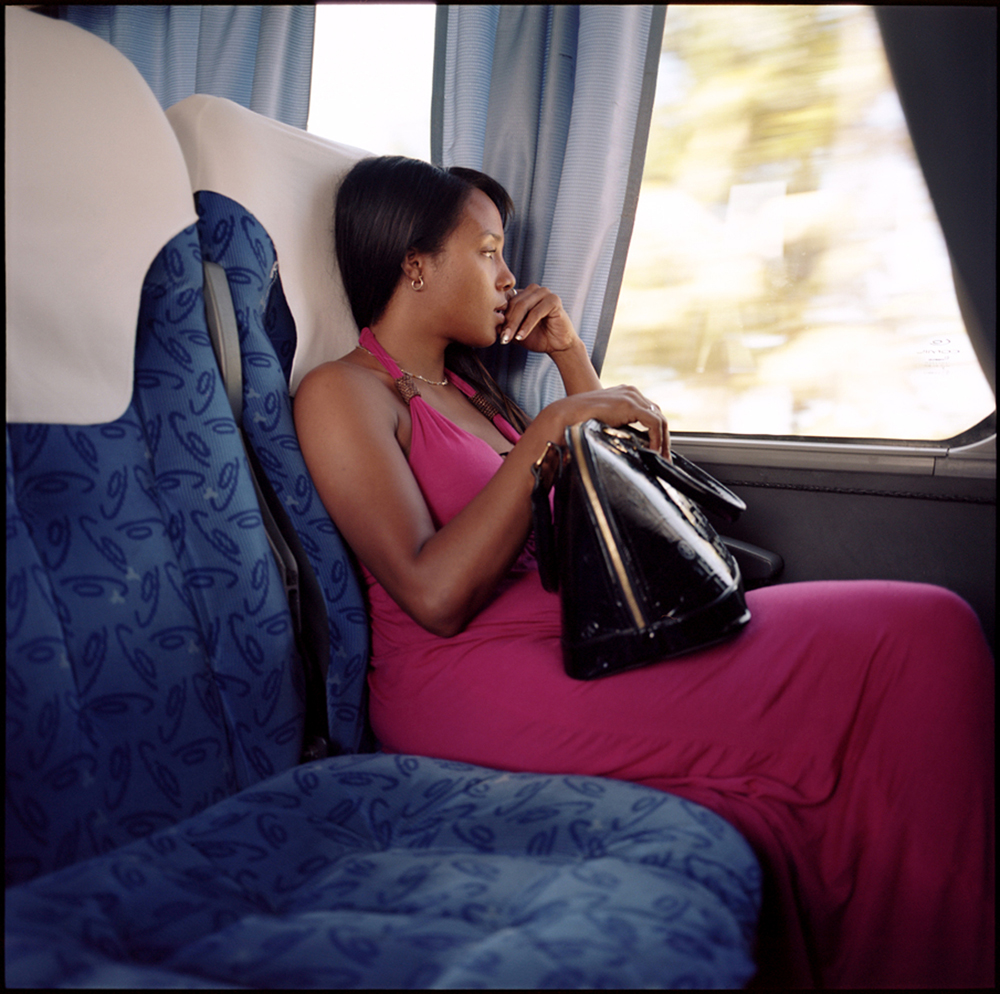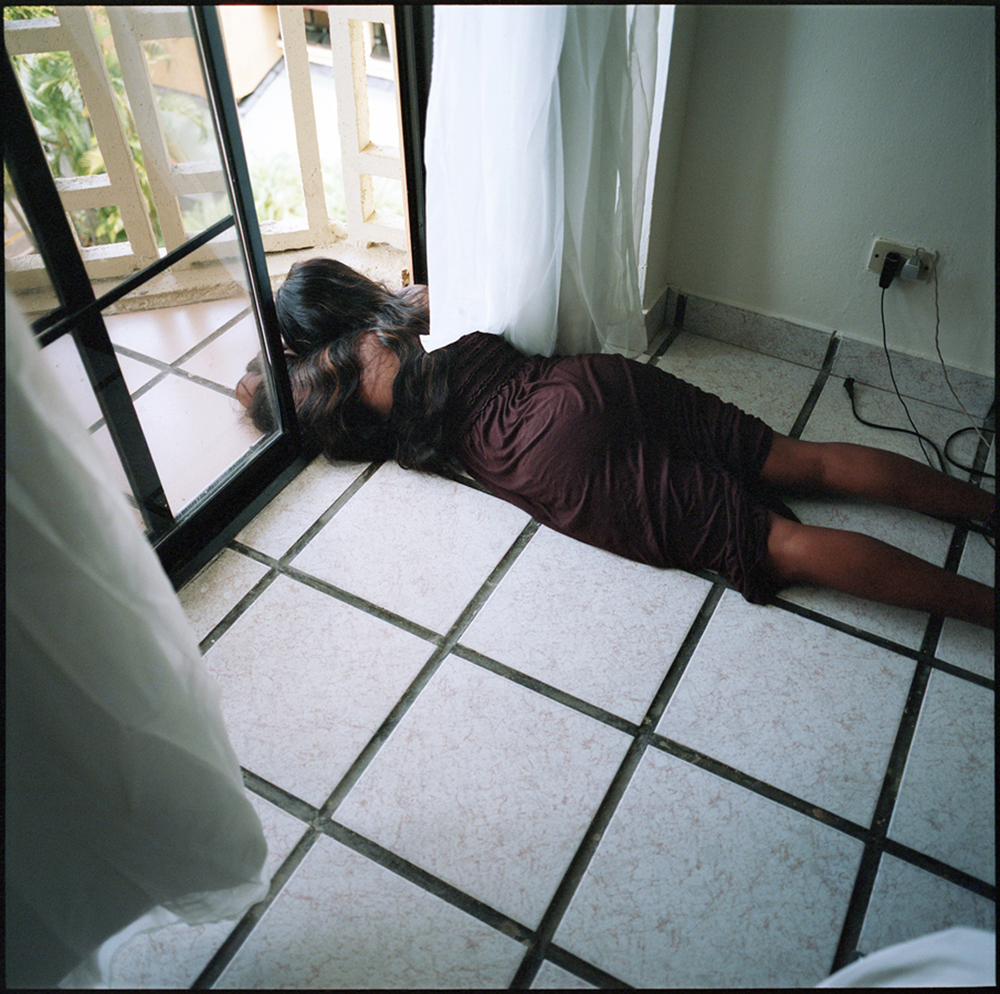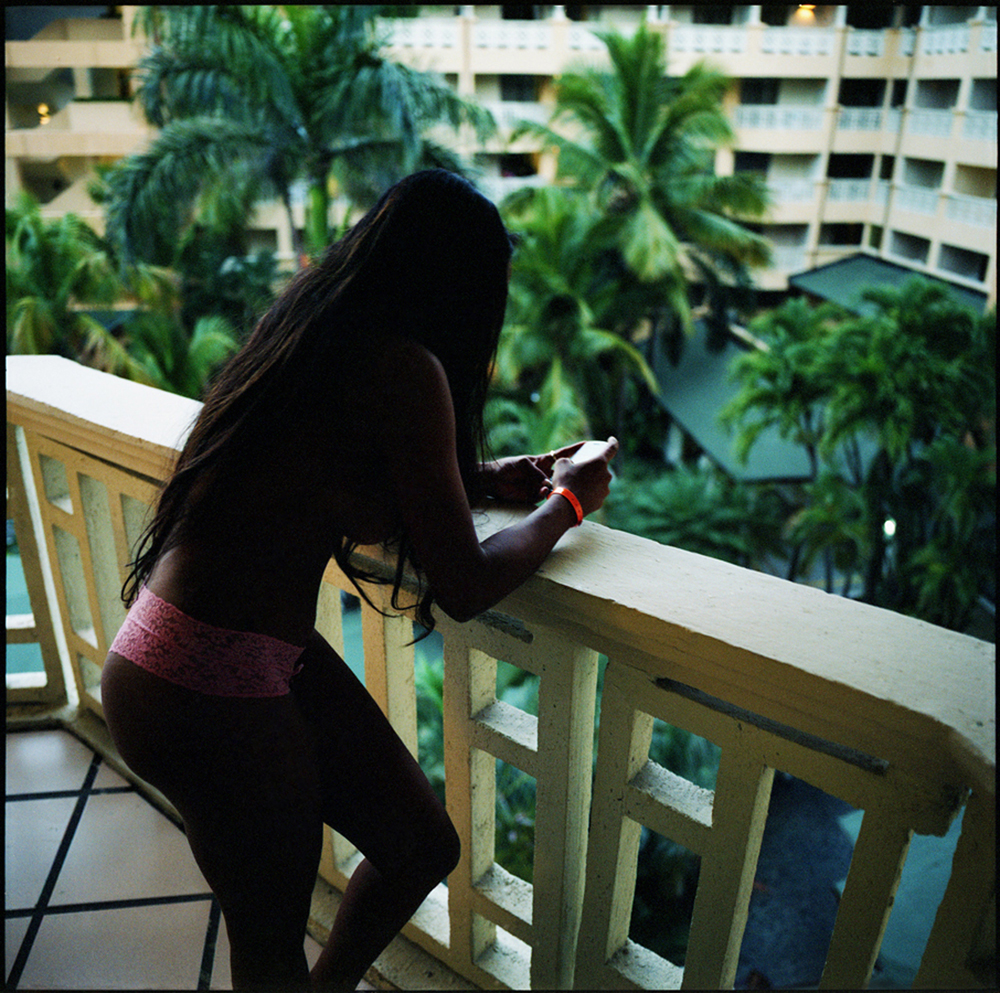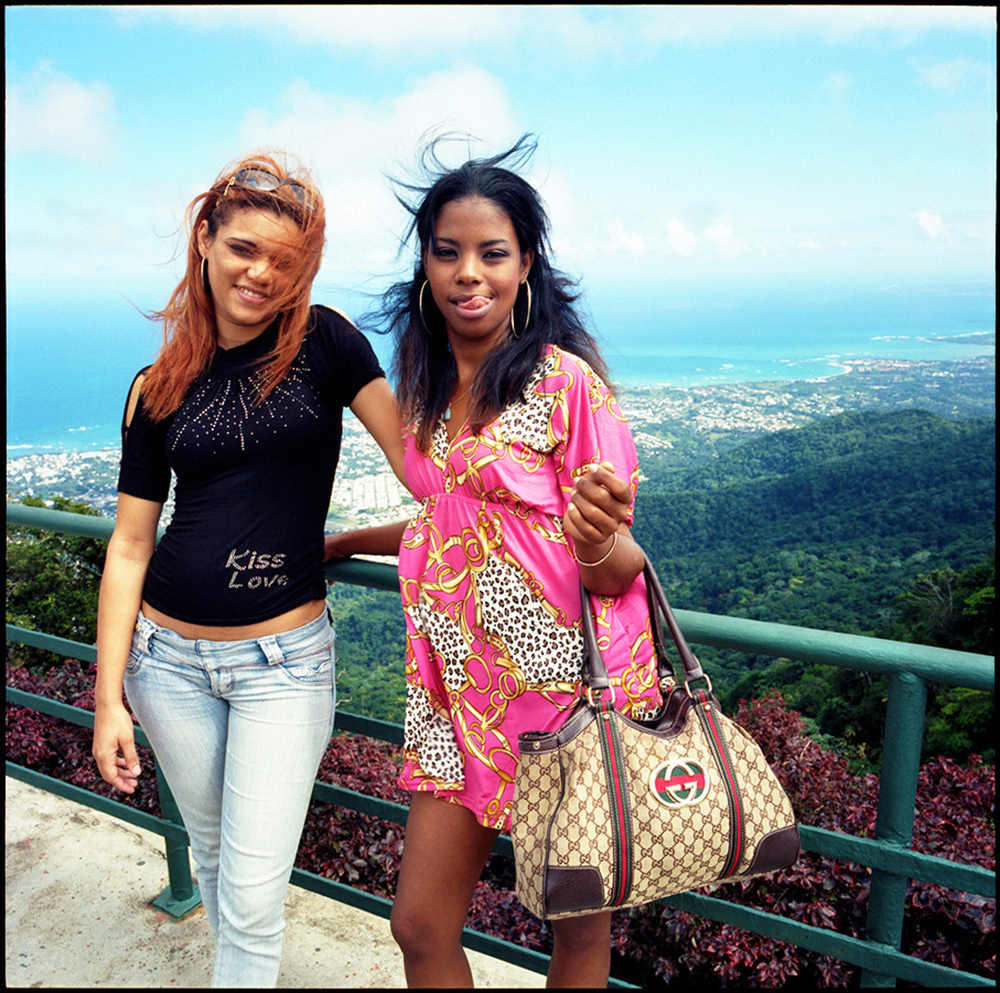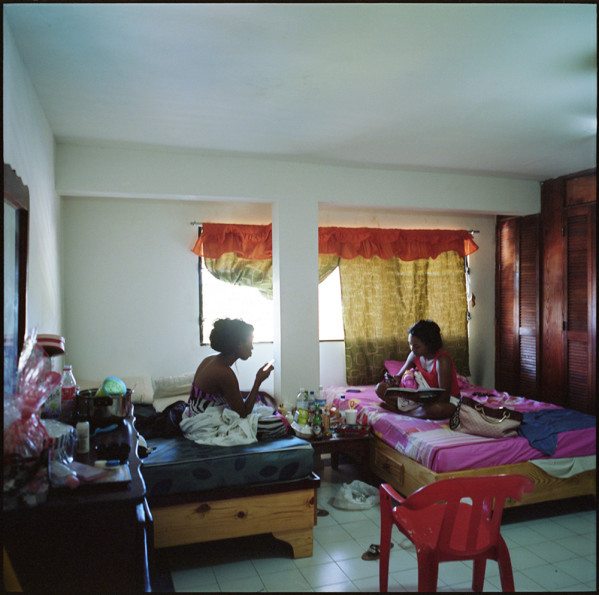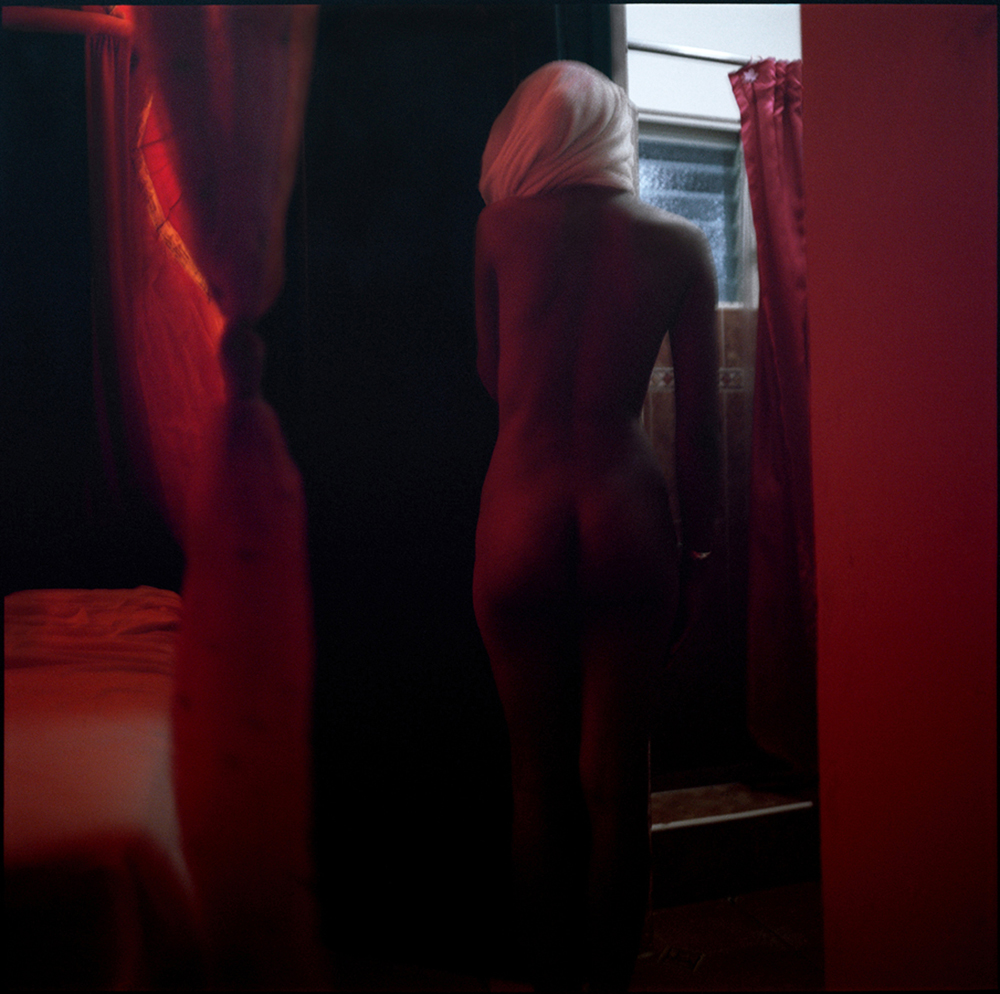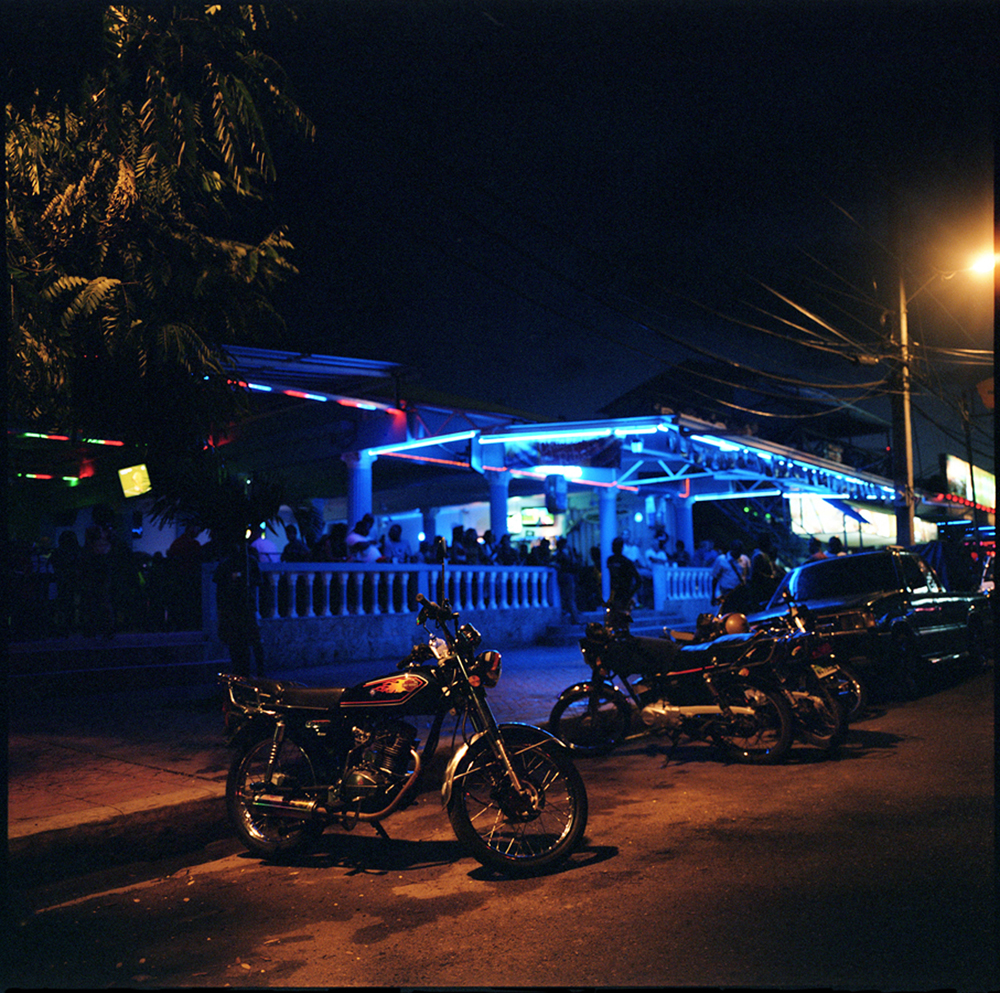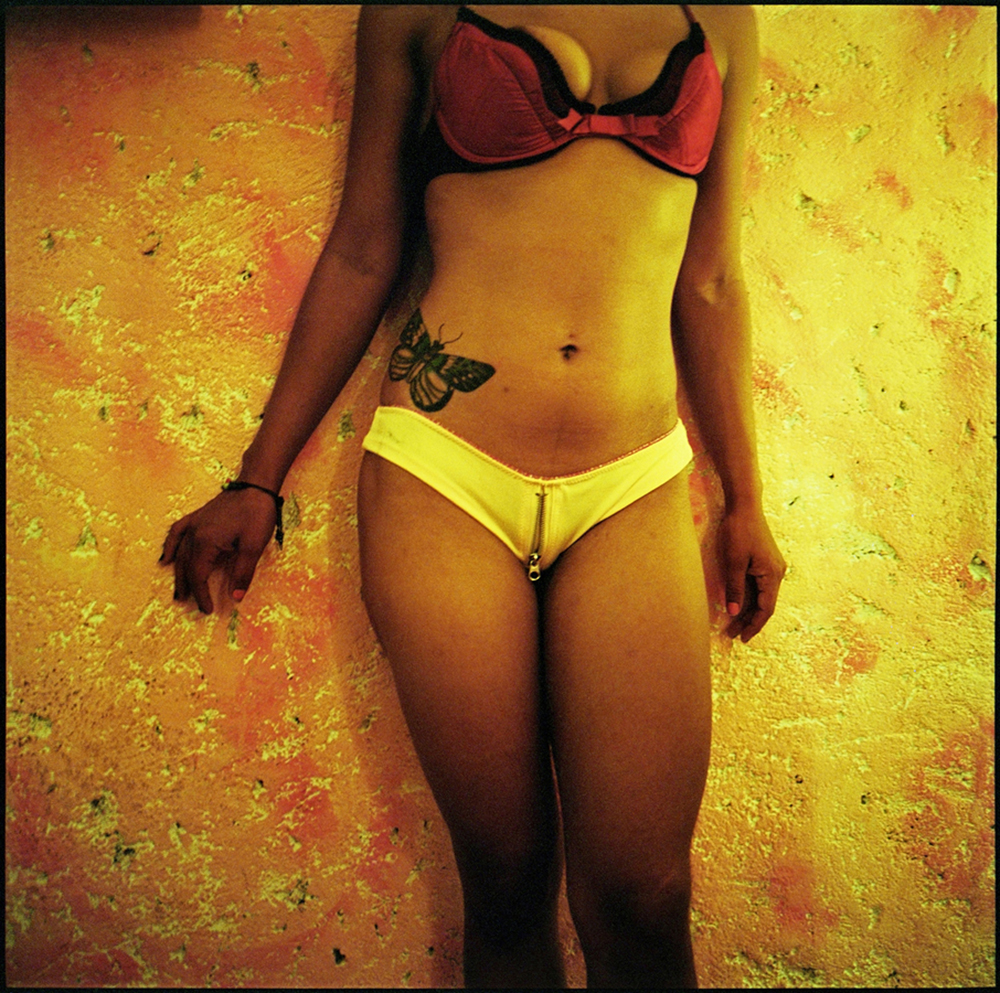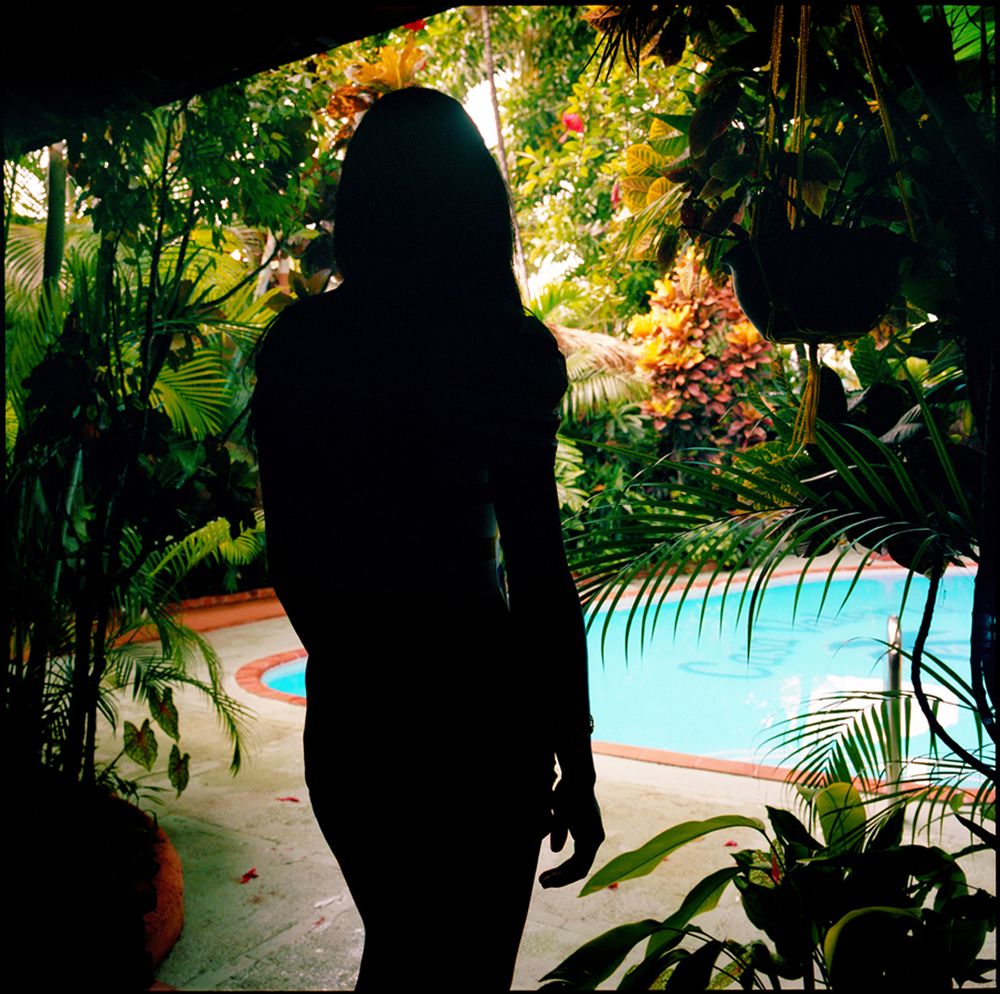Last Updated on 11/11/2021 by Chris Gampat
All images by Peter Brian Schafer. Used with permission.
Photographer Peter Brian Schafer was born, raised, and went to college in northern California. After moving to Baltimore to go to graduate school in public health, he raised a daughter, took photography and filmmaking courses at MICA, NYU, and ICP, and dropped out of graduate school. Like everyone else, he currently lives in Brooklyn.
Peter is behind a project called “Diary of a Sex Tourist” where he travelled to the Dominican Republic to document the lifestyle and just how much the small town of Sosúa actually depends on it.
Phoblographer: Talk to us about how you got into photography.
Peter: My father had an old Yashica 35mm SLR and we would sit around and watch slide shows of family vacations and earlier photos he took in Japan before I was born. Typical stuff for a kid born in the 60s. He was quite a good photographer. When I went to college I took photography classes and learned to develop and print. In college I got very into movies, foreign movies and old Hollywood pictures. My approach to photography is largely inspired by movies, both in look and my interest in narratives.
Phoblographer: What made you want to do documentary work?
Peter: I guess it grew out of the practice I got doing street photography and then, imagining stories of the lives of people I shot. I was interested for a while in doing fashion work, but I learned that the old school fashion stuff I liked, with these implicit narrative threads suggested through the pictures and settings, weren’t really so common these days. But I’d make up stories with this one model I worked with, then I did a documentary project on her actual daily life as a single mom.
Phoblographer: So what made you want to even begin the project “Diary of a Sex Tourist?”
Peter: I was at this point in where I wanted to do an extended project. I first had this idea of driving and camping and photographing through the South since I’d never really been there. But by the time I got my life together to do it, it was November and I decided to find somewhere warmer. I thought of the Dominican Republic because I saw somewhere that flights were cheap, then I went online to learn more about it and saw these references to prostitution and sex tourism. That sounded like a project.
Phoblographer: Logistically speaking, how did you plan for this? What were your goals and how did they change while doing the project?
Peter: In preparing for the project, I read this book, “What’s Love Got to Do With It?,” an ethnography of sex workers in a small resort town, Sosúa, on the DR’s north coast written by Denise Brennan, who’s now the chair of the anthropology department at Georgetown. The stories Brennan tells of the women who move to Sosúa to pursue sex work paint a picture not of passive victims of circumstance but of women pragmatically carrying out plans to improve their lives and the lives of their children. It was interesting because the stories went against the prevalent view of prostitutes living these desperate degraded lives. They’re mostly internal migrants who go through these cycles of working and sending remittances back home to support their children, who are generally looked after by the sex workers’ parents, then living back home with their children. And they’re central to the economy in Sosúa. All the other businesses depend on them, so they have this surprising status.
Phoblographer: What gear did you use, and why did you feel that it would help you tell the story you needed to tell?
Peter: I used a Mamiya 6 rangefinder with its wide angle 50mm lens. It was a good camera for this project because I was mostly shooting interiors and the lens gave me the coverage I needed. I shot Portra 160 for outdoor and Portra 400 at 800 (but processed normally because it has a lot of latitude) and since the lens isn’t that fast and I hand hold, the Mamiya’s leaf shutter was important. It’s virtually vibration-free, so I could hand hold 1/4 and 1/2 second shots. Maybe that’s not a big deal with modern digital cameras with high ISO and image stabilization, but I wanted to shoot film. I always want to shoot film.
Phoblographer: How did you go about gaining the trust of these women to take their photographs and tell their story?
Peter: I became their client. That provided me access to their time and a world I wanted to show. I explained I was working on a photo project and showed them some of my other work on my phone. I paid them for their time being photographed, as I would pay a model in New York. This part of the project, the first half of the series, was approached more as modeling and portraiture than reportage. As I got to know two of the women better, and we developed a level of trust, they gave me access to their everyday lives – their non-performance time – and I photographed them where they lived and out and about with their friends during their off-hours.
I sent them the pictures I took, asked for their feedback and they were either pleased or didn’t really seem to care one way or another. They understood what I was aiming for, that I was not judging them but wanted to gain an understanding that comes only from spending time together. It took a while for one in particular to stop posing every time I took my camera out, but after a while I finally achieved that sought after state for documentary photographers of being completely ignored.
Phoblographer: During the project, you ended up falling in love with one of the people. Tell us about that part of the story.
Peter: I wouldn’t say I fell in love with her. We’ve become friends and we’ve maintained a relationship past the photo project, which was done through seven trips over about a year. Toward the end of the project, instead of hanging out at the brothel, we started hanging out at her apartment. Then, when she left the brothel in order to go home and spend time with her daughter, we’d meet at hotels in Santo Domingo. When she went to St. Maarten on a work contract, I met her there. When she went to Curacao on another work contract, I met her there. In between visits, we chat every day on WhatsApp. I offer a break for her, where she doesn’t have to constantly act and pretend. We’ve become friends in addition to my becoming a regular of hers.
Phoblographer: What are you doing to take this project further and tell people about the other side of the lives of sex workers?
Peter: The project got a lot of exposure through Medium — a big part of that initially was getting a mention on BoingBoing. And I work at getting additional exposure. Sex work is a very contentious issue. There are regularly stories online about it being possibly decriminalized or cracked down on in one country or another and I regularly link to the Medium story in comments. My goal is to show people this other side of the lives of sex workers because most people only know sex work from sensationalizing stories on television or in the media that only reinforce the stigma against sex workers. The thing is sex workers are very much ordinary people, trying to get by and support their families in less than ideal circumstances, like most of us. And my coming out as a client is trying to meet that stigma head on, as well. It’s been interesting.


